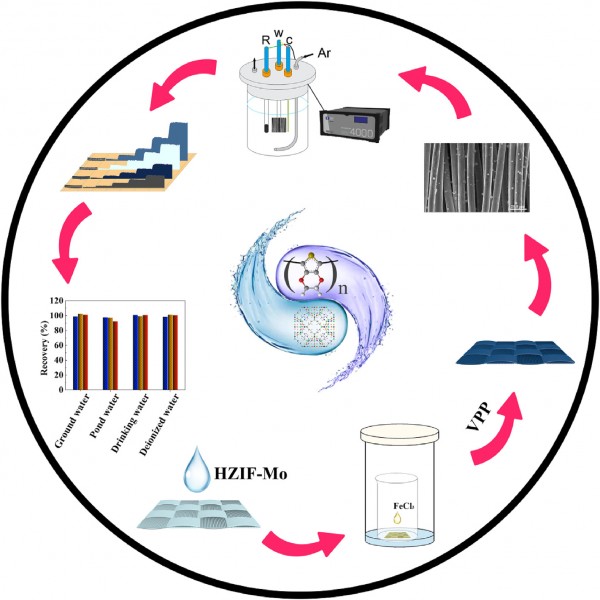An innovative sensor for hydroxylamine determination: Using molybdenum hybrid zeolitic imidazolate frameworkeconducting polymer composite as electrocatalyst
2019
期刊
Electrochimica Acta

- 卷 327
- 页码 134945
- Elsevier
- DOI: 10.1016/j.electacta.2019.134945
